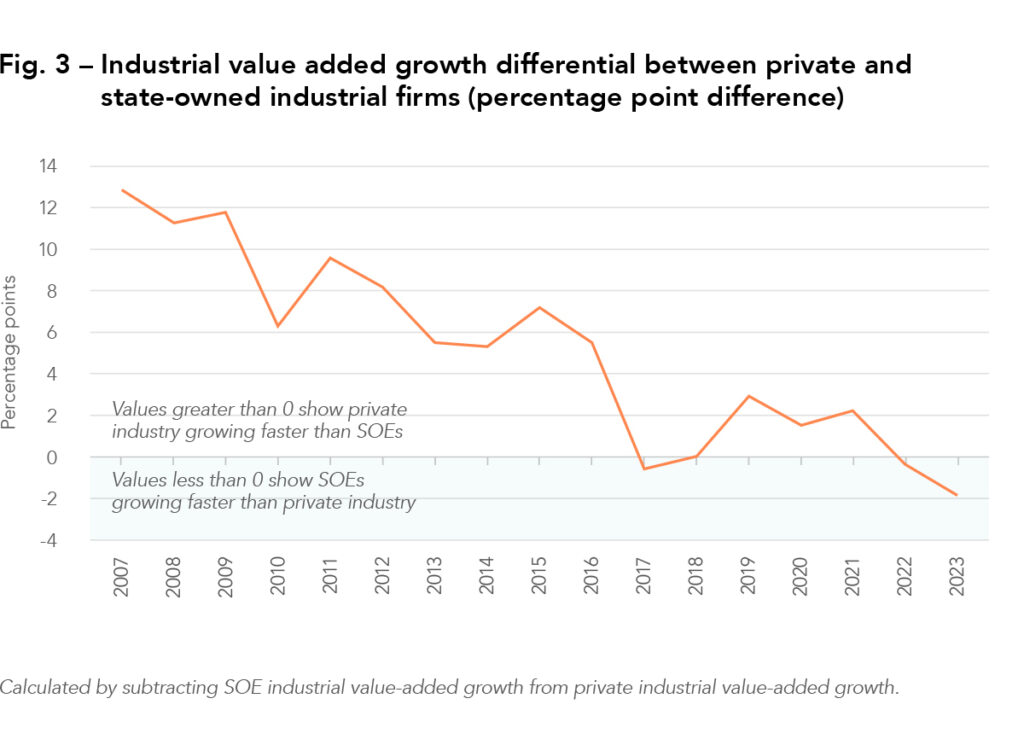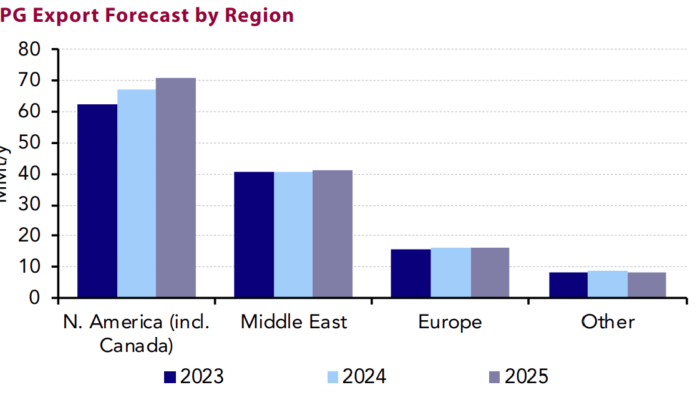BMW And Porsche's China Challenges: A Wider Industry Issue

Table of Contents
Shifting Consumer Preferences in the Chinese Market
The Chinese consumer is evolving. While brand prestige once held paramount importance, today's buyer prioritizes technology, features, and value. This shift is forcing established luxury carmakers like BMW and Porsche to adapt. The rise of strong domestic Chinese brands, offering competitive technology and pricing, further complicates the landscape. Understanding Chinese consumer trends is crucial for survival.
- Increased demand for electric and hybrid vehicles: The Chinese government's push for New Energy Vehicles (NEVs) has dramatically altered the market, creating a surge in demand for electric and hybrid options. BMW and Porsche, while investing in EVs, need to accelerate their efforts to compete effectively.
- Preference for advanced driver-assistance systems (ADAS): Features like lane-keeping assist, adaptive cruise control, and automated parking are highly sought after by Chinese consumers, necessitating significant technological advancements from established brands.
- Growing interest in personalized and connected car features: Consumers expect seamless smartphone integration, advanced infotainment systems, and personalized driver profiles, pushing automakers to enhance their digital capabilities.
- The rise of digitally native car brands: New, digitally native brands are disrupting the market with innovative business models, direct-to-consumer sales, and agile development cycles. This poses a significant challenge to traditional automotive giants.
Intense Competition and Market Saturation
The China automotive market is fiercely competitive, with numerous international and domestic players battling for market share. This intense competition leads to price wars and aggressive marketing strategies, squeezing profit margins. China automotive competition is relentless, demanding innovation and strategic agility.
- The influx of new energy vehicles (NEVs): The market is flooded with NEVs from both domestic and international brands, intensifying the pressure on traditional manufacturers.
- Price wars impacting profit margins: The competitive environment frequently results in price wars, forcing companies to make difficult decisions about pricing and profitability.
- The need for innovative marketing and sales strategies: Standing out in a crowded market demands creative and effective marketing, including digital marketing and targeted advertising campaigns.
Navigating Regulatory Hurdles and Government Policies
Navigating China automotive regulations is complex. The Chinese government actively shapes the automotive landscape through policies influencing emission standards, safety regulations, and import tariffs. Government policies in China are constantly evolving, requiring continuous adaptation. Localization strategies are critical for success.
- Stringent emission standards and NEV quotas: Meeting stringent emission standards and NEV quotas is crucial for operating legally and maintaining market access.
- Complex approval processes for new vehicle models: The process of getting new vehicle models approved can be lengthy and bureaucratic, presenting a significant hurdle for new entrants and established players alike.
- Data privacy regulations and cybersecurity concerns: Increasingly stringent data privacy regulations and cybersecurity concerns require companies to invest in robust data protection measures.
- The need for strong local partnerships: Successfully navigating the regulatory landscape often necessitates establishing strong partnerships with local businesses and government entities.
Supply Chain Disruptions and Logistics
Global supply chain disruptions have significantly impacted the automotive supply chain in China, affecting the availability of parts and components. Maintaining efficient logistics in China is a constant challenge.
- Microchip shortages impacting production: The global microchip shortage has significantly impacted automotive production in China, leading to delays and production cuts.
- Increased transportation costs and delays: Transportation costs have risen, and delays are commonplace, adding to the challenges of maintaining efficient supply chains.
- The need for robust supply chain management strategies: Companies must develop resilient and adaptable supply chain management strategies to mitigate these risks.
BMW and Porsche's China Challenges: A Wider Industry Issue
The challenges faced by BMW and Porsche in China – shifting consumer preferences, intense competition, regulatory complexities, and supply chain disruptions – are not unique. These issues highlight the broader challenges facing the entire automotive industry in this critical market. Understanding and adapting to these dynamics is paramount for future success. Companies must prioritize innovation, localization, and agile responses to regulatory changes.
Understanding the unique challenges presented by the China automotive market is crucial for all automotive players. Stay informed on the latest trends and regulatory changes to ensure success in this dynamic landscape.

Featured Posts
-
 Save With Google Fi The 35 Unlimited Data Plan Unveiled
Apr 24, 2025
Save With Google Fi The 35 Unlimited Data Plan Unveiled
Apr 24, 2025 -
 E Bay And Section 230 A Case Study On Banned Chemical Listings
Apr 24, 2025
E Bay And Section 230 A Case Study On Banned Chemical Listings
Apr 24, 2025 -
 How Us Tariffs Reshaped Chinas Lpg Market The Middle Easts Growing Role
Apr 24, 2025
How Us Tariffs Reshaped Chinas Lpg Market The Middle Easts Growing Role
Apr 24, 2025 -
 Stock Market Today Dow Jumps 1000 Points Nasdaq And S And P 500 Surge
Apr 24, 2025
Stock Market Today Dow Jumps 1000 Points Nasdaq And S And P 500 Surge
Apr 24, 2025 -
 Dollar Rises Trumps Softened Tone On Fed Chair Powell Boosts Usd
Apr 24, 2025
Dollar Rises Trumps Softened Tone On Fed Chair Powell Boosts Usd
Apr 24, 2025
